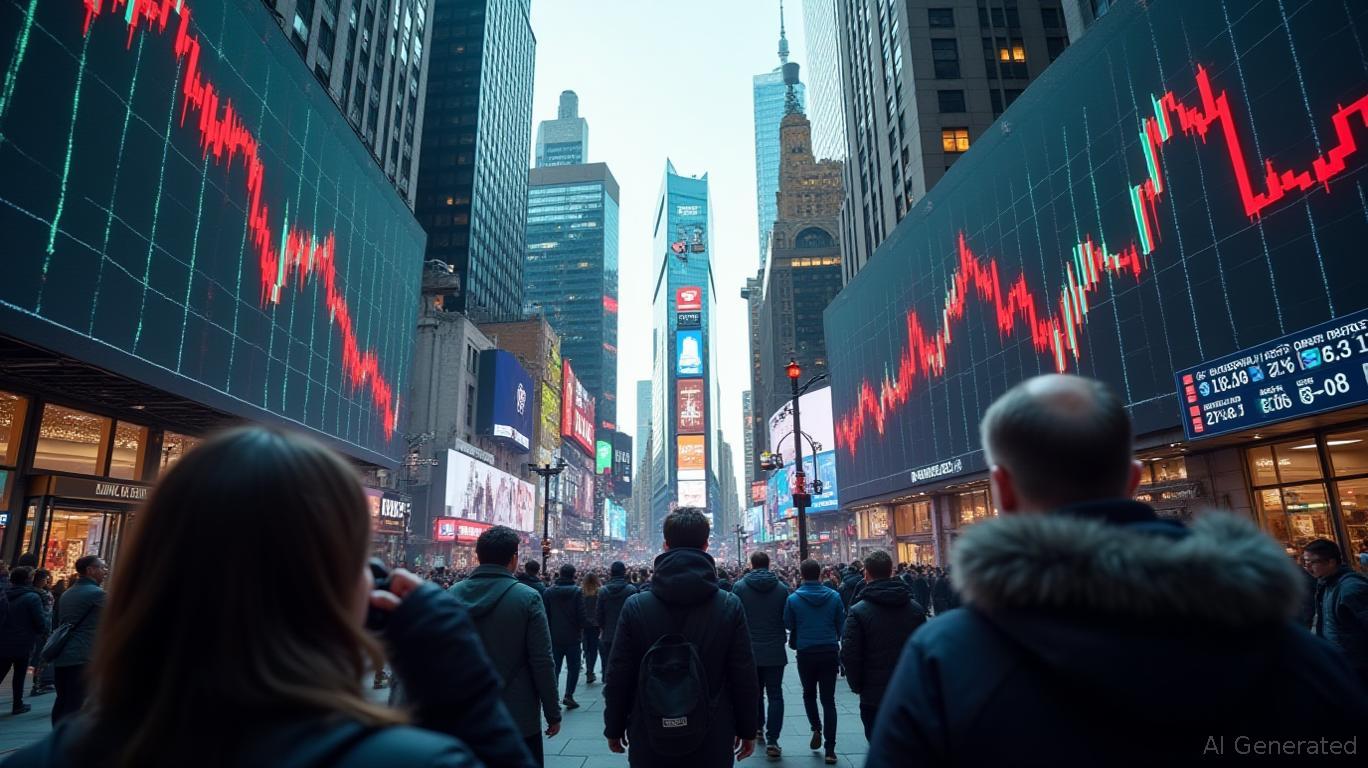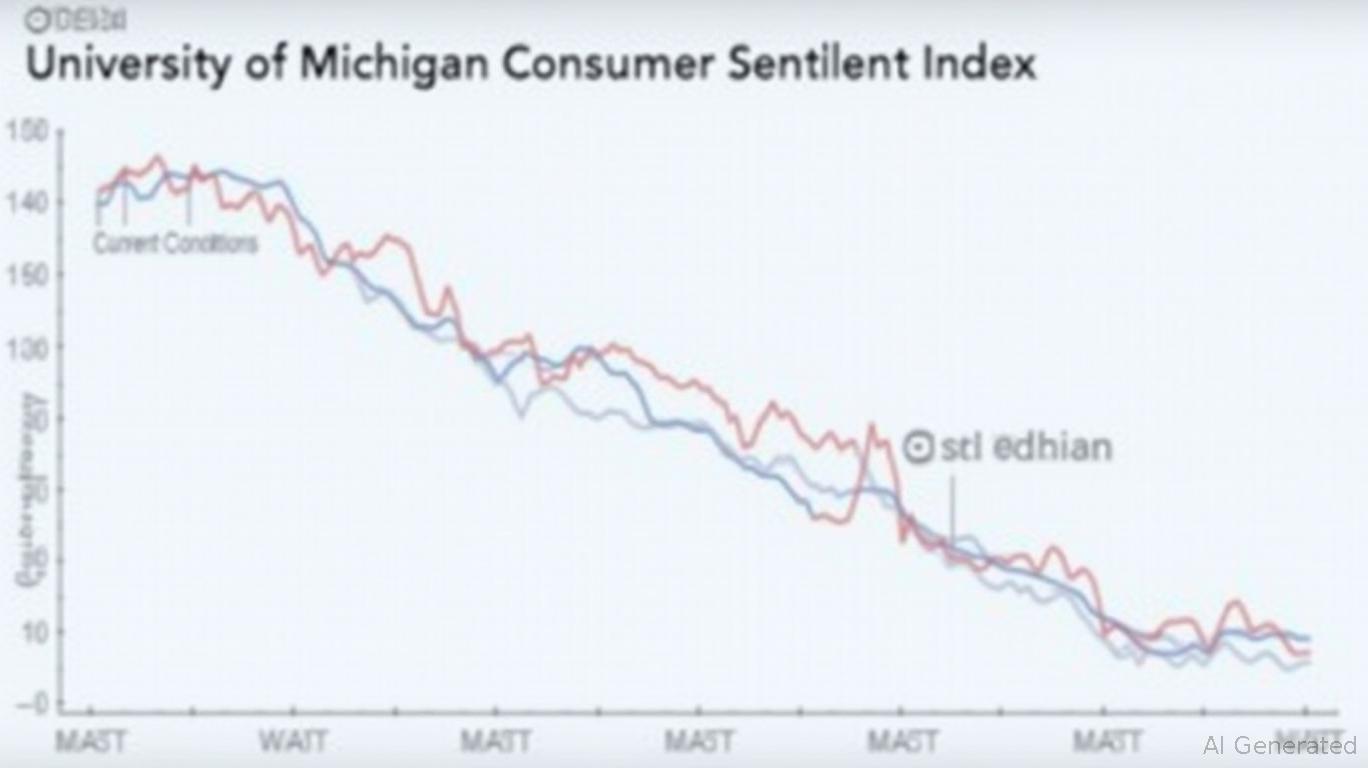Retail Recovery Gains Momentum: Redbook Sales Signal Resilient Consumer Spending
The latest Redbook US Same-Store Sales report for the week ended May 3 reveals a 6.9% year-over-year increase, marking a notable acceleration from the prior week’s 6.1% gain. This robust growth underscores the resilience of consumer spending amid persistent inflationary pressures and rising borrowing costs. Yet, the data also raises critical questions: Is this surge in retail activity sustainable, or is it a fleeting reflection of pent-up demand? What does it mean for equity markets and the broader economy?

To contextualize these figures, it is essential to dissect their components. First, nominal sales growth—driven by both volume and price increases—has been amplified by inflation. Consumer price inflation in the US, while cooling from its 2022 peak, remains elevated at 4.9% (year-over-year as of April). This suggests that a portion of the 6.9% sales rise reflects higher prices rather than increased consumer demand. However, core inflation (excluding volatile food and energy) is lower, at 5.5%, implying that real purchasing power erosion may not yet be fully impairing spending habits.
Second, the data highlights a sectoral divide. Discretionary spending—particularly in categories like apparel, electronics, and entertainment—appears robust, while staples-driven retailers may be seeing slower growth. This aligns with a pattern of consumers prioritizing experiences and discretionary goods over basic necessities, a shift that could reflect both post-pandemic normalization and a preference for services over goods.
Investors should also consider the role of labor market strength. The unemployment rate, at a historically low 3.4%, continues to support household incomes, while wage growth—though moderating—remains above pre-pandemic trends. This has bolstered consumer confidence, as measured by the University of Michigan’s index, which rose to 63.5 in May from 60.4 in April, signaling renewed optimism about spending power.
The stock market has already priced in this optimism. Retail stocks, particularly those catering to discretionary spending, have outperformed broader indices. For instance, Walmart (WMT) and Target (TGT)—key bellwethers—have seen their shares climb 14% and 22%, respectively, since January, outpacing the S&P 500’s 7% gain over the same period. This reflects investor confidence in sustained consumer resilience but also carries risks if actual sales growth fails to meet elevated expectations.
Yet challenges loom. First, the Federal Reserve’s determination to curb inflation could lead to further rate hikes, tightening financial conditions and potentially dampening consumer borrowing. Second, the savings rate, now at 3.2%—a 20-year low—leaves households with less of a buffer against economic shocks. Third, a slowdown in global demand or supply chain disruptions could reignite inflationary pressures, squeezing profit margins for retailers.
Historical parallels offer caution. In 2006, a similar surge in nominal retail sales preceded a housing market collapse and recession, as rising rates and overextended households triggered a spending reversal. While conditions today differ—lower household debt and stronger employment—investors must remain vigilant to early warning signs.
In conclusion, the Redbook data paints a cautiously optimistic picture of US retail activity, driven by labor market strength and consumer confidence. However, the sustainability of this growth hinges on balancing inflationary pressures, interest rate trajectories, and global macroeconomic stability. For investors, this means favoring retailers with pricing power, diversified revenue streams, and exposure to services-driven demand, while maintaining a watchful eye on the Fed’s next moves. As the adage goes: In retail, as in markets, the devil is in the details—and the details here demand both optimism and caution.
The path ahead will be shaped by how these factors interplay. For now, the retail sector’s resilience remains a bright spot in an otherwise uncertain economic landscape.










